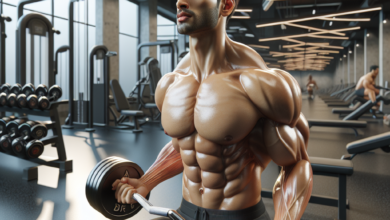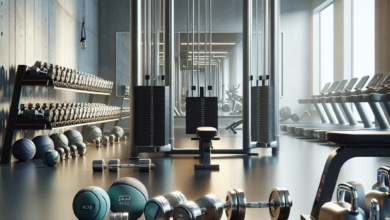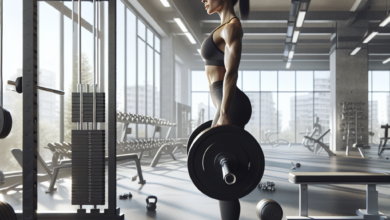What Muscles Does Running Train? Find Out Here!
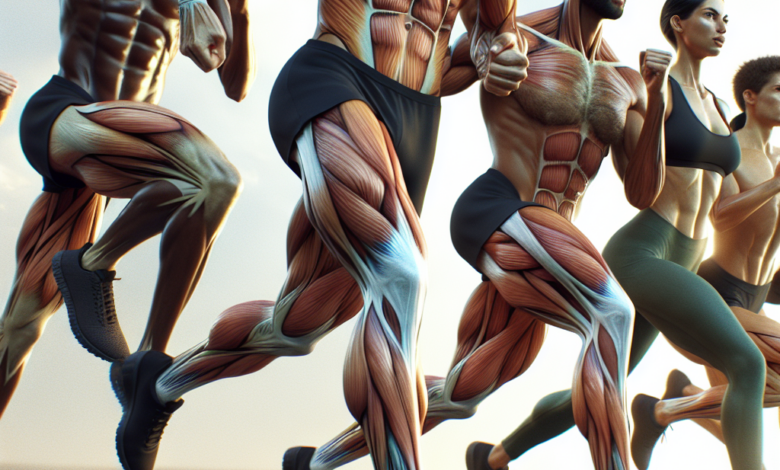
When considering what muscles does running train, many people immediately think of the legs. However, running is much more than a leg workout; it’s a dynamic, full-body exercise that engages several muscle groups. As you embark on a running routine, you activate not only the primary muscles of the lower body – the quadriceps, hamstrings, glutes, and calves – but also your core muscles, which include the abdominals and back muscles. These core muscles are crucial for maintaining proper posture and balance throughout your run.
Moreover, the arm swing in running involves the shoulders, biceps, and triceps, helping to propel you forward and maintain momentum. This coordinated movement between the arms and legs is essential for an efficient running technique. Additionally, the chest and upper back muscles work to stabilize your upper body, while the hip flexors and extensors contribute to your stride length and stability.
Understanding the full spectrum of muscles that running trains can help you optimize your workouts for better muscle development and overall fitness. By incorporating targeted strength training and stretching into your routine, you can support these key muscle groups and improve your running performance. For more insights into maximizing your running routine and the benefits it offers for muscle development, Explore More at Muscle Theory.
Primary Muscle Groups Activated by Running
Running is an excellent cardiovascular exercise that primarily targets the lower body. The primary muscle groups activated by running include the gluteal muscles, which are responsible for hip extension and play a pivotal role in propelling the body forward. The quadriceps, located at the front of the thigh, work to extend the knee and absorb the impact during landing, while the hamstrings assist in bending the knee and extending the hip.
Another key group is the calf muscles, comprising the gastrocnemius and soleus, which facilitate plantar flexion of the foot – pushing off the ground. Additionally, the muscles of the shin, such as the tibialis anterior, are engaged in dorsiflexion, helping to lift the foot towards the shin during the swing phase of running, which prevents tripping.
The hip flexors, particularly the iliopsoas, are activated to lift the thigh and drive the leg forward. Without adequate strength and flexibility in these muscles, runners may experience reduced stride length and efficiency. It’s important to recognize the role of these muscles and work on strengthening and stretching them to enhance running performance and avoid injuries.
The Role of Core Muscles in Running Efficiency

While the legs do the heavy lifting, the core muscles play a crucial but often underappreciated role in running efficiency. The core is composed of not only the rectus abdominis (the “six-pack” muscles), but also the deeper transverse abdominis, internal and external obliques, and the erector spinae muscles along the spine. Collectively, these muscles act as a stabilizing force, maintaining upright posture and balance as you move.
During a run, the core muscles are constantly at work to keep the torso steady and aligned. A strong core prevents excessive rotation of the torso, which can lead to wasted energy and potential overuse injuries. Furthermore, a robust core enhances the transfer of power between the upper and lower body, which is vital for sprinting and hill running where additional upper body force is required.
Core strength also contributes to better coordination and agility, allowing runners to navigate uneven terrain and make quick directional changes with greater ease. It is essential for runners to include core training exercises in their regimen, such as planks, Russian twists, and back extensions, to build a strong, resilient core that can withstand the demands of long-distance running and high-speed sprints.
Upper Body Muscles Engaged During Running
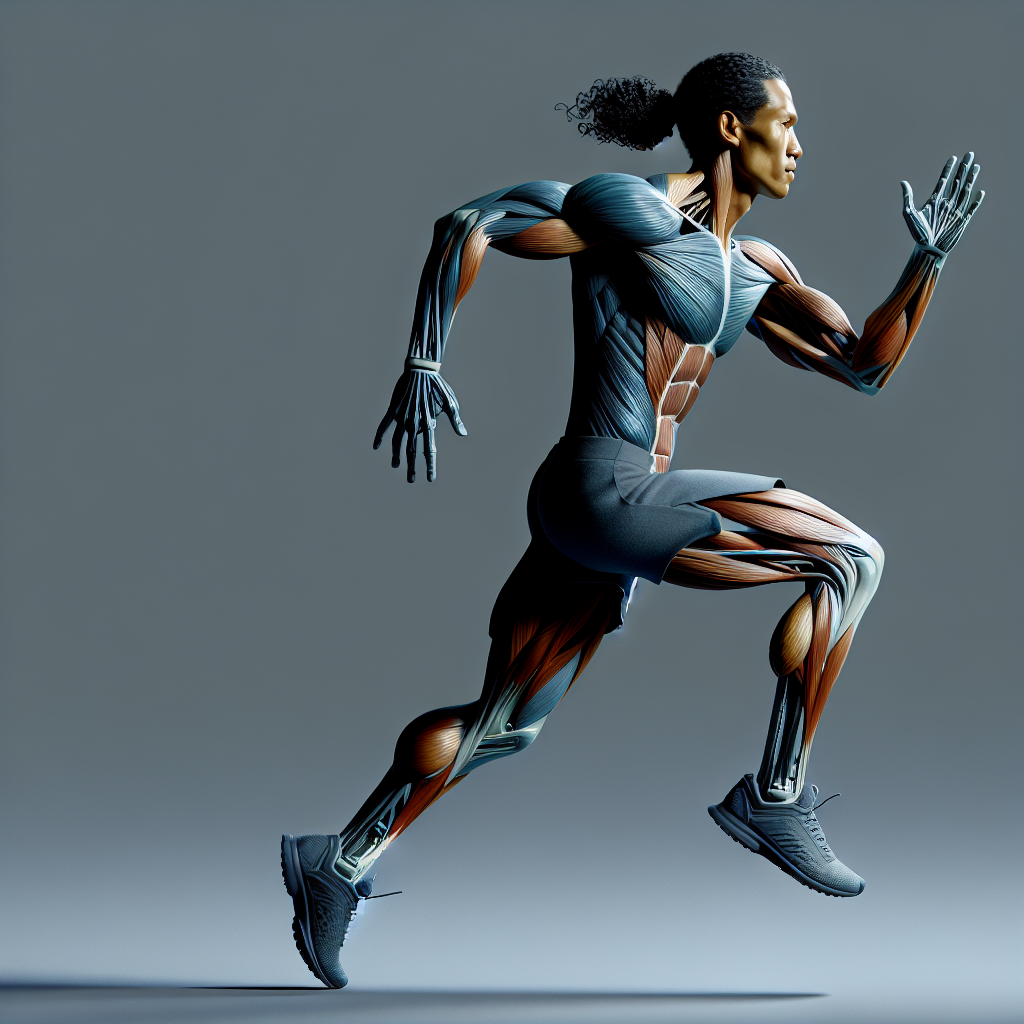
While running may seem like a lower-body workout, the upper body muscles also have a significant role in running dynamics. The shoulder muscles, including the deltoids and rotator cuffs, are responsible for stabilizing the shoulders during arm swings. Efficient arm swings can contribute to maintaining momentum and balance, especially during sprints or uphill runs.
The arm muscles, particularly the biceps and triceps, assist in propelling the runner forward by pumping alongside the legs’ rhythm. The pectoralis major and latissimus dorsi, or chest and back muscles, respectively, also engage to complement the movements of the arms and shoulders, providing additional power and stabilization.
Moreover, the core’s role in connecting the upper and lower body cannot be overstated—strong abdominal and back muscles support the spine and maintain posture, which in turn helps the upper body muscles function efficiently. Incorporating upper body strength training, such as push-ups, pull-ups, and shoulder presses, can enhance these muscles’ endurance and strength, leading to improved running performance. By doing so, runners can ensure their upper body muscles are as well-conditioned as their legs, providing a balanced and comprehensive approach to their training.
Secondary Muscles Worked by Running
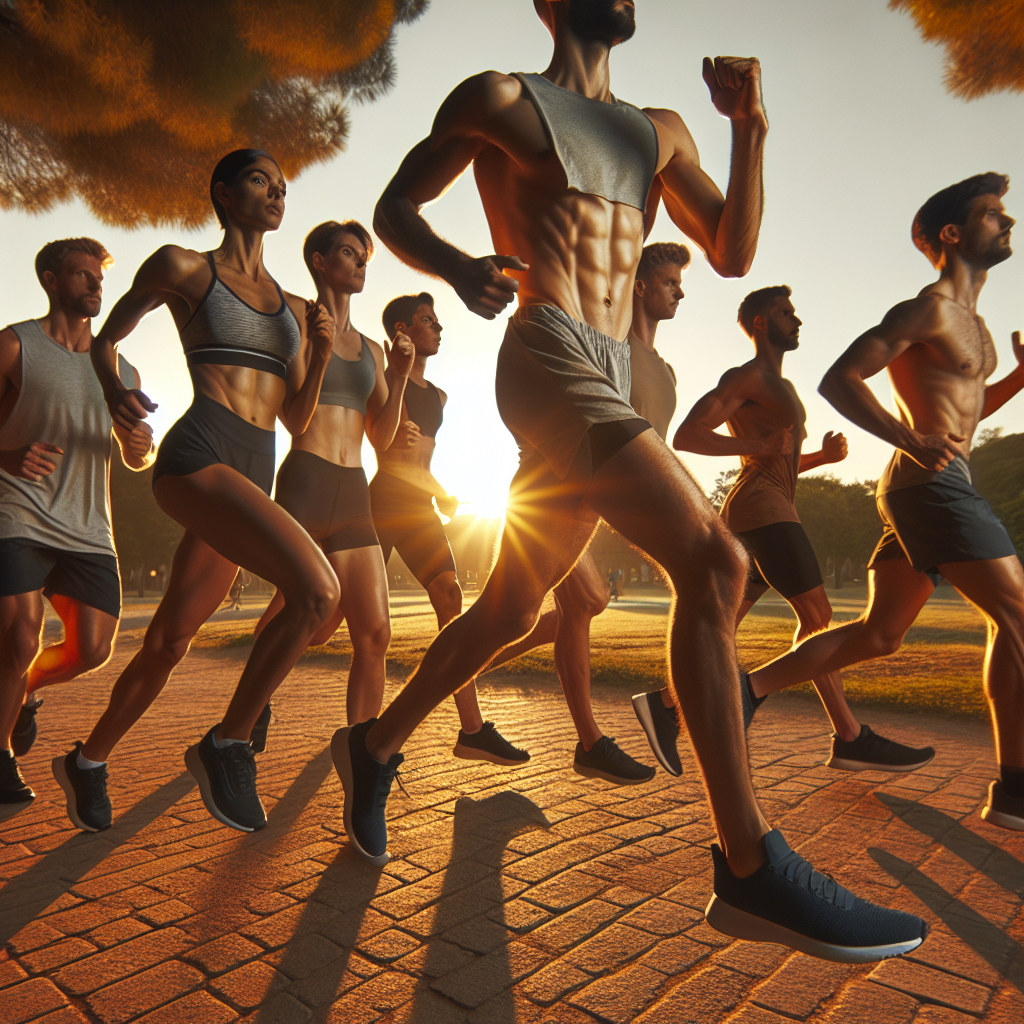
Running is a comprehensive exercise that engages a wide array of secondary muscle groups beyond the primary leg muscles. These auxiliary muscles support the primary muscle groups and contribute to overall stability and efficiency of movement.
The hip flexors and extensors work in tandem to drive the legs forward and backward. The iliopsoas, which includes the psoas major and iliacus, aids in lifting the knee and hip towards the chest, while the gluteus maximus extends the hip during push-off. The adductors and abductors of the inner and outer thighs, respectively, are also engaged to stabilize the legs and maintain proper alignment.
Secondary upper body muscles, such as the serratus anterior and obliques, play a crucial role in the twisting motion of the torso with each stride. This rotational force helps propel the runner forward and maintains balance. Additionally, the erector spinae, a group of muscles running along the spine, work to keep the runner upright and absorb the shock of each impact with the ground.
Given their supportive nature, strengthening these secondary muscles can lead to a more effective and injury-resistant running form. Exercises such as plank variations, side leg lifts, and rotational exercises can be incorporated into a runner’s routine to target these important muscle groups. By paying attention to these often-overlooked muscles, runners can improve their performance and prevent imbalances that could lead to injury.
Maximizing Muscle Training with Running Techniques
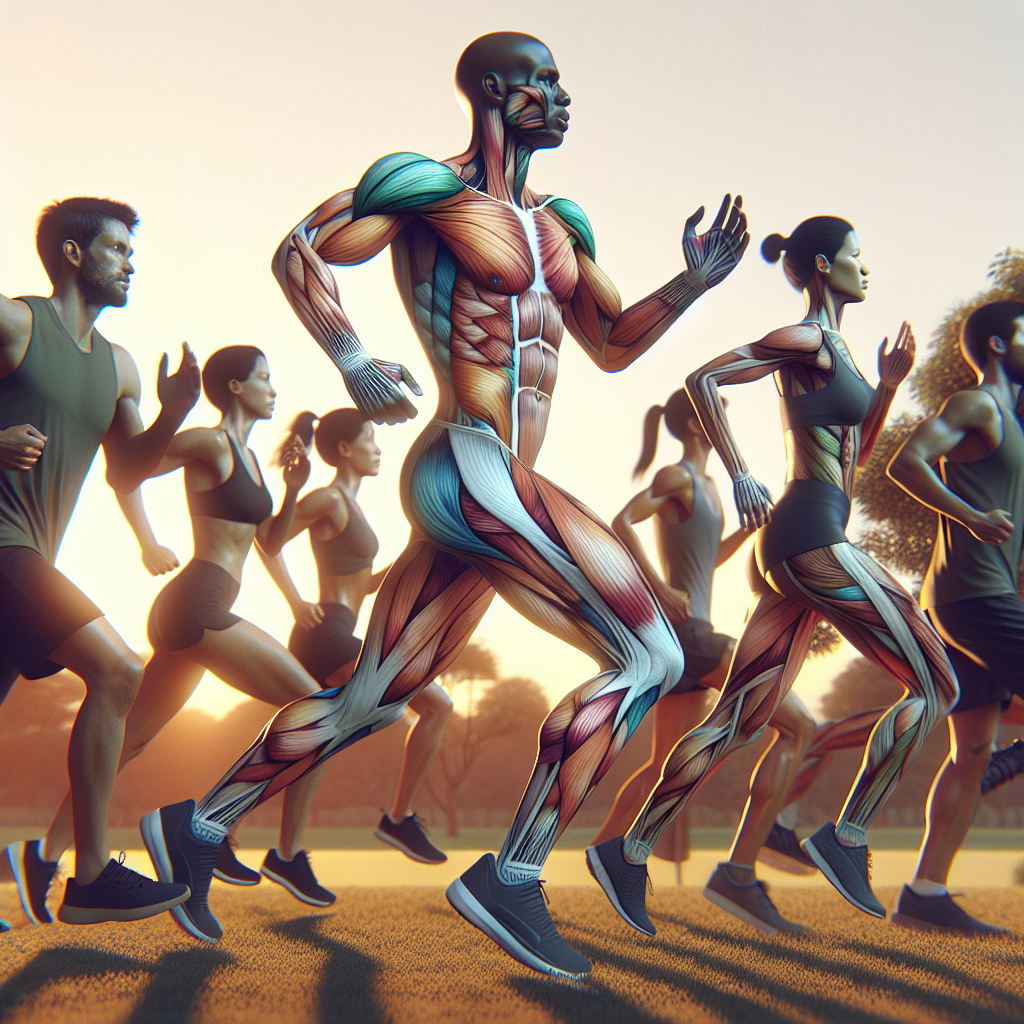
To fully tap into the muscle-building potential of running, incorporating specific techniques into your routine can make a significant difference. Interval training, for instance, alternates between short bursts of intense effort and periods of recovery, which can help increase both muscular and cardiovascular endurance.
Hill running is another effective method that targets muscle groups more aggressively than running on flat terrain. The incline forces the calves, quadriceps, hamstrings, and glutes to work harder, promoting strength gains. For those looking to enhance the challenge, weighted vest runs add extra resistance, engaging the core and upper body as well as the legs.
Proper form should not be overlooked, as it ensures that the right muscles are being trained and reduces the risk of injury. Maintaining a slight forward lean, engaging the core, and using a midfoot strike can help activate the muscles optimally. Additionally, runners should consider cross-training with exercises like squarrying, lunges, and leg presses to build strength in running-specific muscles and improve overall performance.
Remember, the key to maximizing muscle training with running is variety and progression. Gradually increasing the intensity and incorporating new techniques will continue to challenge the muscles and lead to improvements. Explore More at Muscle Theory for detailed guides and expert advice on how to build a running regimen that will not only boost your cardio but also enhance muscle strength and endurance.

